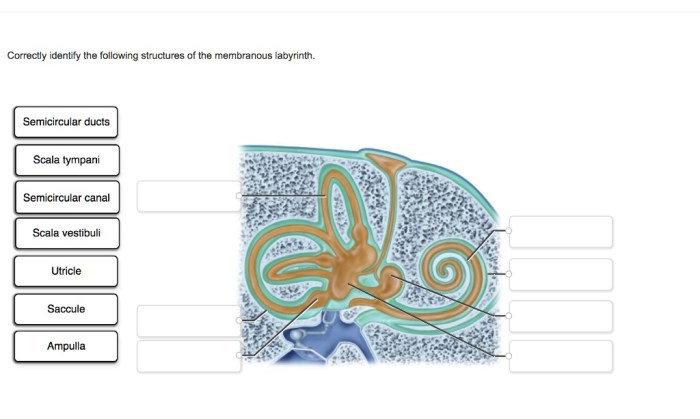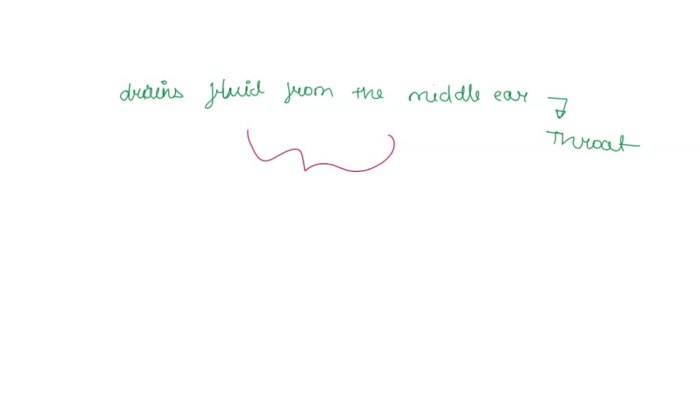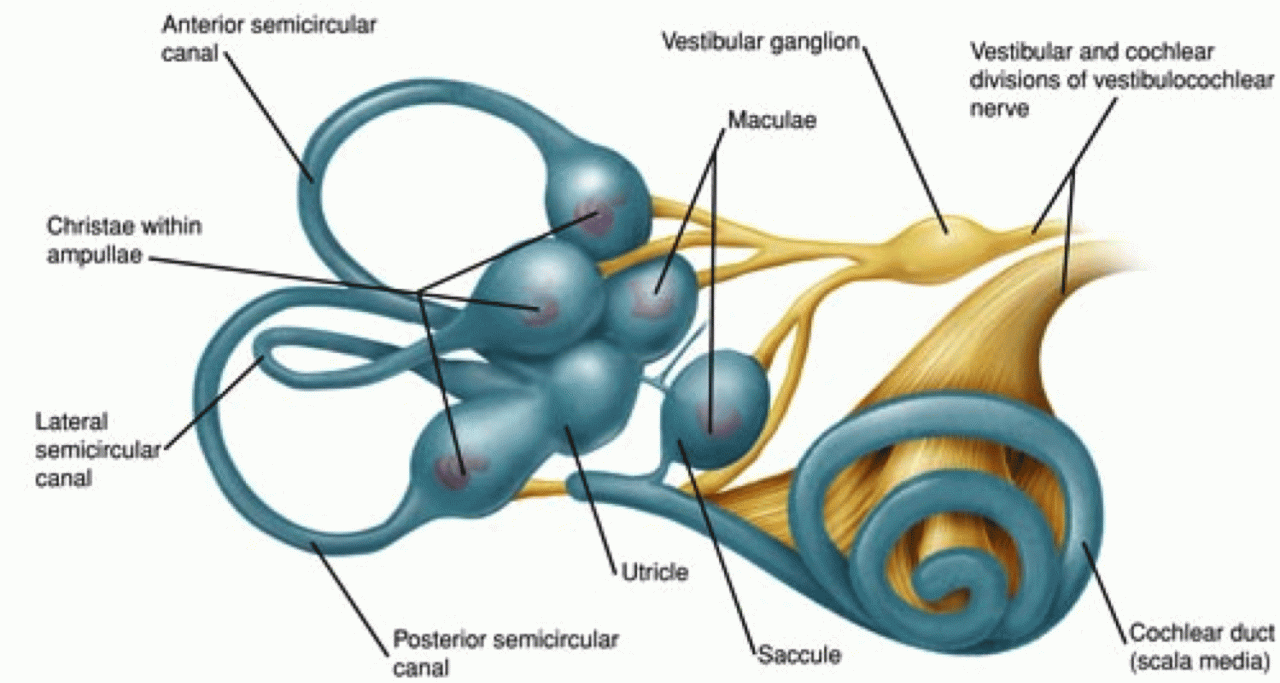Correctly identify the following structures of the membranous labyrinth. – Correctly identifying the structures of the membranous labyrinth is crucial for understanding hearing and balance. This intricate system plays a vital role in processing sound waves and maintaining equilibrium. By delving into the anatomy and function of the cochlea, semicircular canals, utricle, and saccule, we gain a deeper appreciation for the delicate mechanisms that govern these essential senses.
Introduction to the Membranous Labyrinth

The membranous labyrinth is a complex system of interconnected fluid-filled cavities located within the bony labyrinth of the inner ear. It is composed of several structures, including the cochlea, semicircular canals, utricle, and saccule. The membranous labyrinth is responsible for the sense of hearing and balance, and its proper functioning is essential for these functions.
Correctly identifying the structures of the membranous labyrinth is important for understanding the mechanisms of hearing and balance. Damage or disorders of the membranous labyrinth can lead to hearing loss, dizziness, and other balance disorders. Therefore, a thorough understanding of the anatomy and function of the membranous labyrinth is crucial for accurate diagnosis and treatment of these conditions.
Cochlea
The cochlea is a spiral-shaped tube that is responsible for hearing. It is divided into three compartments: the scala vestibuli, scala tympani, and scala media. The scala vestibuli is filled with perilymph, a fluid that is similar to cerebrospinal fluid.
The scala tympani is also filled with perilymph, and it is separated from the scala vestibuli by the basilar membrane. The scala media is filled with endolymph, a fluid that is different from perilymph in its ionic composition. The basilar membrane is a thin, flexible membrane that vibrates in response to sound waves.
These vibrations are transmitted to the hair cells of the organ of Corti, which are located on the basilar membrane. The hair cells then convert the vibrations into electrical signals that are sent to the brain.
Semicircular Canals
The semicircular canals are three fluid-filled tubes that are located in the bony labyrinth. They are oriented at right angles to each other, and they are responsible for the sense of balance. The semicircular canals are filled with endolymph, and they contain hair cells that are similar to those in the cochlea.
When the head moves, the endolymph in the semicircular canals moves, which causes the hair cells to bend. The bending of the hair cells generates electrical signals that are sent to the brain, which uses these signals to determine the direction and speed of the head movement.
Utricle and Saccule
The utricle and saccule are two fluid-filled cavities that are located in the bony labyrinth. They are responsible for the sense of balance. The utricle and saccule contain hair cells that are similar to those in the semicircular canals. The hair cells in the utricle are sensitive to gravity, and the hair cells in the saccule are sensitive to linear acceleration.
When the head moves, the hair cells in the utricle and saccule bend, which generates electrical signals that are sent to the brain. The brain uses these signals to determine the position of the head and to maintain balance.
Endolymph and Perilymph, Correctly identify the following structures of the membranous labyrinth.
Endolymph and perilymph are two fluids that fill the membranous labyrinth. Endolymph is a potassium-rich fluid, and perilymph is a sodium-rich fluid. The difference in ionic composition between endolymph and perilymph is essential for the proper functioning of the membranous labyrinth.
Endolymph is produced by the stria vascularis, which is a specialized region of the cochlea. Perilymph is produced by the choroid plexus, which is a network of blood vessels that is located in the inner ear.
Clinical Significance
Correctly identifying the structures of the membranous labyrinth is important for the diagnosis and treatment of hearing and balance disorders. Damage to the membranous labyrinth can cause hearing loss, dizziness, and other balance problems. Diagnostic tests, such as audiometry and electronystagmography, can be used to assess the function of the membranous labyrinth.
Treatment for disorders of the membranous labyrinth may include medications, surgery, or a combination of both.
Query Resolution: Correctly Identify The Following Structures Of The Membranous Labyrinth.
What is the function of the membranous labyrinth?
The membranous labyrinth is responsible for processing sound waves and maintaining balance.
What are the key structures of the cochlea?
The key structures of the cochlea include the scala vestibuli, scala tympani, and scala media.
How do the semicircular canals contribute to balance?
The semicircular canals sense changes in angular acceleration and contribute to maintaining balance.

